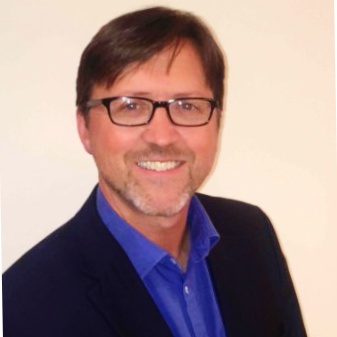Cloud Computing
Building a Mid-Market Security SaaS Company from Canada: J. Paul Haynes, CEO of eSentire (Part 3)
Sramana Mitra: For the Series A investors, what did you tell them you were going to do? What problem were you going to solve?
J. Paul Haynes: I described to them the problem of solving cyber security in the mid-market. Everybody in the industry at that time appeared to be focused on the enterprise. We just have to sell to 50 of the Fortune 500 and the company is exit-ready is the standard business plan I was later told. The thing that drew them our way is we said, “That’s not who we’re selling to. Instead of the Fortune 500, we’re going after the 10,000 mid-sized enterprises in America and other parts of the world that have the same >>>
Building a Mid-Market Security SaaS Company from Canada: J. Paul Haynes, CEO of eSentire (Part 2)
Sramana Mitra: Before all this, it sounds like you started doing companies in ’76. I don’t think we have enough time to cover that long a story. It sounds like you have a background in enterprise security software. Could you give us a little bit of an idea about what you did before?
J. Paul Haynes: I did a Bachelors in Engineering and a Master’s in SCADA. During that, I started my first business. Upon finishing my Master’s, I already had a full customer roster working in the utility energy market. I basically went right into a job that I created for myself. I haven’t looked back. I think I graduated in 1991 from the Master’s. >>>
Building a Mid-Market Security SaaS Company from Canada: J. Paul Haynes, CEO of eSentire (Part 1)

If you haven’t already, please study our Bootstrapping Course and Investor Introductions page.
There are opportunities of building cloud businesses focused on mid-market customers, and many entrepreneurs are leveraging those to build compelling businesses. eSentire’s strategy is one worth looking at closely.
Sramana Mitra: Let’s start at the very beginning of your journey. Where are you from? Where were you born, raised, and in what kind of background?
J. Paul Haynes: I was born in Toronto. I grew up in a suburb of Toronto called Oakville. I grew up in a family of people studying >>>
Thought Leaders in Healthcare IT: ClearDATA CEO Darin Brannan (Part 3)
Sramana Mitra: I have one observation. In everything that I’ve heard so far, it seems to me that this is a cloud computing story. It’s a cloud computing service that you’re applying to the healthcare industry. I haven’t heard anything that is particularly specific to healthcare.
Darin Brannan: The regulatory requirements for healthcare are non-trivial in the US. There’re state-level requirements and national requirements. There are over 300 different checkpoint items you have to clear to ensure that you are compliant. The way in which you interpret the regulations and apply people, process, and technology is an important semantic issue around any technology entering healthcare. >>>
Thought Leaders in Healthcare IT: ClearDATA CEO Darin Brannan (Part 2)
Darin Brannan: We find providers struggling with adding external web applications to their internal application data environment. They realize that they don’t have the security and compliance and are looking for a way to partner with someone like ClearDATA.
We’ve built as many as 42 different websites for a single hospital system on our cloud-based environment. That’s a great example of some of the challenges that you see across the provider system. >>>
Thought Leaders in Healthcare IT: ClearDATA CEO Darin Brannan (Part 1)

The infrastructure requirements of healthcare IT are particular. Darin discusses the issues.
Sramana Mitra: Let’s start by introducing our audience to ClearDATA as well as yourself.
Darin Brannan: I’m the Co-Founder and CEO of ClearDATA headquartered out of Austin, Texas. I’ve been in the tech business for about 25 years, mostly out of the Bay Area. For the past six years, I’ve been directly and almost exclusively focused on the healthcare IT market. Much of my family is in healthcare as physicians or practitioners. I’ve been around healthcare for a long time. ClearDATA’s >>>
Thought Leaders in Cloud Computing: Rob Bonavito, CEO of Jaggaer (Part 5)
Sramana Mitra: It could very well be that there are opportunities of doing new companies in different verticals in the mid market to achieve similar kinds of integration.
Rob Bonavito: That’s true. Integration is still a challenge. I’d consider it as a roadblock. You look at disparate systems and their ability to communicate is still a challenge. Everyday it’s getting better. If you’re looking at an area to focus in, >>>
Thought Leaders in Cloud Computing: Rob Bonavito, CEO of Jaggaer (Part 4)
Sramana Mitra: Why is the rate of adoption not faster? Why is it that just that 200 corporations are the only ones adopting this?
Rob Bonavito: It’s a newer approach to sourcing. It gives you a lot more capability. The larger corporations are starting to look at it more. Like anything else, it starts to trickle down. We’re starting to see more interest from smaller-sized companies. >>>
